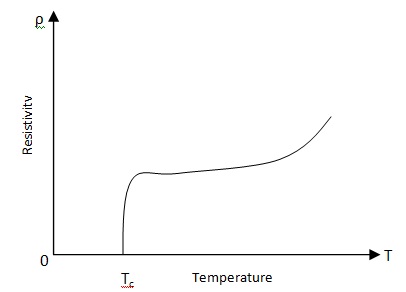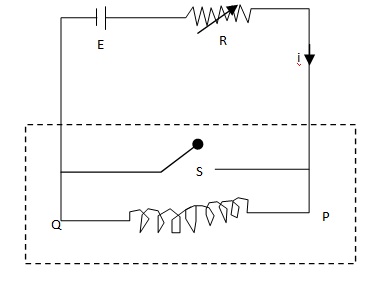Superconductors
Superconductors Assignment Help | Superconductors Homework Help
Superconductors
Superconductivity was first observed in 1911 by the Dutch physicist H.K. Onnes in the course of his experiments on the electrical conductivities of metals at low temperatures. He observed that as purified mercury is cooled, its resistivity vanished abruptly at 4.2K. Above this temperature, the resistivity is small. But finite, while the resistivity is small, but finite, while the resistivity below this point is so small that it is essentially zero. The temperature at which the transition takes place is called the critical temperature (Tc). The temperature (Tc) which marks the transition temperature. Above the critical temperature (Tc), the substance is in the familiar normal state, but below (Tc) it enters an entirely different superconducting state.
The phenomenon is called superconductivity and the metal in that state as super-conductor. Onnes succeeded later in showing that lead. Tin and indium also become superconductors at 7.2, 3.7K respectively. The range of transition temperatures at present extends from 23.2K for the alloy Nb3 Ge to 0.01K for some semiconductors.
The dotted rectangle is the refrigerated part housing the solenoid. The variable resistance R is adjusted to give the desired magnetic field-strength in the solenoid. At this stage the switch S is closed and power supply is then cut off. Current deeps circulating in the part PQS. A superconducting solenoid operating in this manner is said to be in the persistent mode.

Superconducting magnets are routinely used in many laboratories. Even though the cost of refrigeration to the required low temperature is high, very large currents can be passed through the coils and over long periods. The overall cost of maintenance can be lower for super conducting magnets than for conventional magnets.
For more help in Superconductors click the button below to submit your homework assignment.